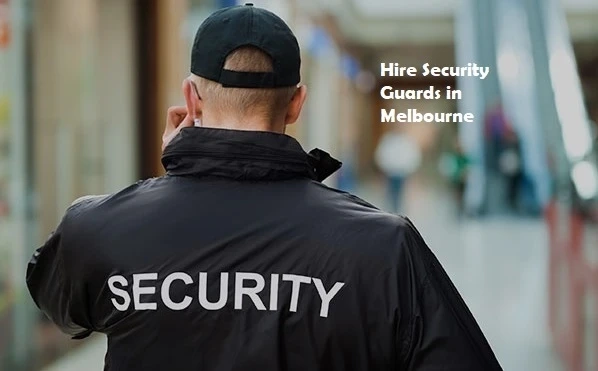As urban areas evolve into smart cities, the role of mobile patrol services is rapidly transforming. Traditional security methods are giving way to innovative, tech-driven approaches that enhance efficiency, responsiveness, and public safety. In this digital era, mobile patrols are no longer just about routine checks—they’re becoming a critical component of the smart city infrastructure.
Integration with Smart Technology
One of the most significant changes is the integration of mobile patrols with smart city systems. Patrol vehicles and officers are now equipped with real-time data tools, GPS tracking, body cameras, and mobile apps that sync with citywide surveillance networks. These technologies allow for instant access to crime hotspots, live traffic data, and alerts from smart sensors installed throughout the city—enhancing situational awareness and allowing faster response times.
Predictive Policing and Data Analytics
Smart cities generate vast amounts of data through IoT (Internet of Things) devices and integrated city platforms. Mobile patrol services are tapping into this data using predictive analytics to anticipate potential security threats before they occur. By analyzing patterns in criminal activity, patrols can be dispatched proactively to areas where incidents are more likely to happen, rather than simply reacting after an event has taken place.
Enhanced Communication and Coordination
Mobile patrols in smart cities are now part of an interconnected communication web. Officers can communicate with city command centers, emergency services, and even residents through mobile platforms. Two-way communication apps allow residents to report suspicious activity in real time, while patrol officers can send live updates and alerts to both the authorities and the community. This level of connectivity strengthens trust and promotes community involvement in urban safety.
Environmentally-Friendly Patrol Options
Smart cities are also pushing for sustainability. In response, many mobile patrol companies are adopting electric vehicles, bicycles, and even drones to monitor large or difficult-to-reach areas. These eco-friendly solutions reduce carbon emissions and offer cost-effective alternatives to traditional patrol methods.
Adapting to Changing Urban Needs
As cities become more complex, so do their security needs. Mobile patrol services are evolving by investing in officer training, upgrading their digital infrastructure, and collaborating with tech companies to stay ahead. Smart patrol scheduling, geofencing, and AI-supported route planning are just a few examples of how these services are aligning with smart city goals.
Conclusion
Mobile patrol services are no longer just guardians of physical spaces—they are becoming agile, tech-enabled security partners in the smart city ecosystem. As urban environments continue to advance, the synergy between mobile patrols and smart technology will be essential in creating safer, more connected communities.

